Supported by:
Private view: Friday 16 October 2015, 5-7pm (REGISTER)
17 October - 22 November 2015
Open 11am-4pm, Saturday-Sunday or by appointment
Admission free
Furtherfield Gallery, McKenzie Pavilion, Finsbury Park, London, N4 2NQ
DOWNLOAD
PRESS RELEASE (pdf)
'Agliomania, eating and trading my stinky roses' by Shu Lea Cheang. Courtesy of the artist and MDC #76 We Grow Money, We Eat Money, We Shit Money.
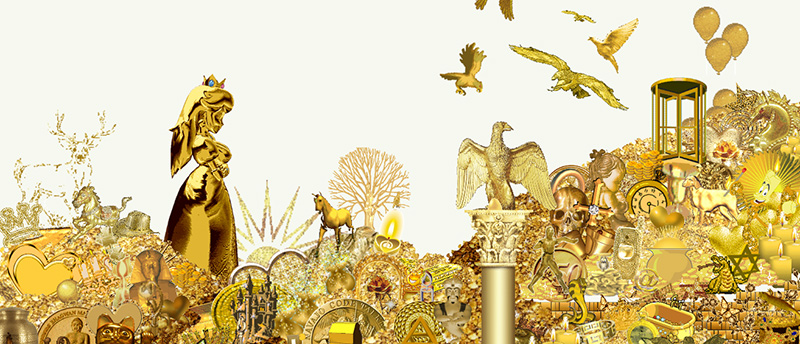
The Human Face of Cryptoeconomies presents artworks that reveal how we might produce, exchange and value things differently in the age of the blockchain.
Appealing to our curiosity, emotion and irrationality, international artists seize emerging technologies, mass behaviours and p2p concepts to create artworks that reveal ideas for a radically transformed artistic, economic and social future.
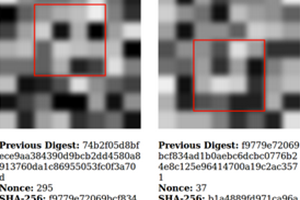 Facecoin by Rhea Myers - Bitcoin hashes repurposed to create automated Facecoin portraits
Facecoin by Rhea Myers - Bitcoin hashes repurposed to create automated Facecoin portraits
Have you ever looked for faces in the clouds, or in the patterns in the wallpaper? Well, Facecoin is an artwork that is a machine for creating patterns and then finding ‘faces’ in them. It is both an artwork AND a prototype for an altcoin (a Bitcoin alternative).
Facecoin creates patterns by taking the random sets of data used to validate Bitcoin transactions and converting them into grids of 64 grayscale pixels. It then scans each pixel grid, picking out the ones that it recognises by matching its machine-definition of a human face. Facecoin uses the production of "portraits" (albeit by a machine) as a proof-of-aesthetic work. Facecoin is a meditation on how we discern and value art in the age of cryptocurrencies.
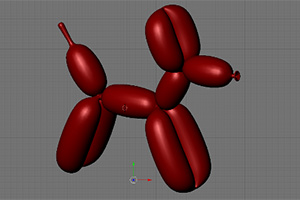 Shareable Readymades by Rhea Myers: Iconic artworks on demand
Shareable Readymades by Rhea Myers: Iconic artworks on demand
Shareable Readymades are iconic 3D printable artworks for an era of digital copying and sharing.
Duchamp put a urinal in a gallery and called it art, thereby transforming an everyday object and its associated value. Rhea Myers takes three iconic 20th century ‘readymades’ and transforms their value once again. By creating a downloadable, freely licensed 3D model to print and remix, everyone can now have their own Pipe, Balloon Dog and Urinal available on demand. Click here to collect your own iconic artworks.
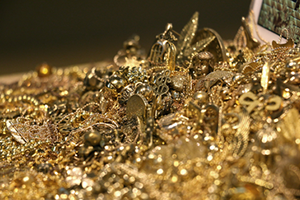 Gold and Glitter by Émilie Brout and Maxime Marion - Ornamental Gold and Glitter installation created with ‘found’ internet GIFs
Gold and Glitter by Émilie Brout and Maxime Marion - Ornamental Gold and Glitter installation created with ‘found’ internet GIFs
This hoard of golden trinkets appeals to our inner Midas. An image projection of found GIFs, collected from the internet, creates a gloriously elaborate, decorative browser-based display hosted at www.goldandglitter.net. It prompts reflections on the value of gold in an age where the value of global currencies are underpinned primarily by debt, and where digital currencies are mined through the labour of algorithms.
Also by Émilie Brout and Maxime Marion:
Nakamoto (The Proof) - a video documenting the artists’ attempt to produce a fake passport of the mysterious creator of Bitcoin, Satoshi Nakamoto.
Untitled SAS * - a registered company with 10,000 shares that is also a work of art. *SAS is the French equivalent of Corp or LTD.
Jennifer Lyn Morone™ Inc reclaims ownership of personal data by turning her entire being into a corporation.

The Museum of Contemporary Commodities by Paula Crutchlow and Dr Ian Cook treats everyday purchases as if they were our future heritage. The project is being developed with local groups in Finsbury Park in partnership with Furtherfield.
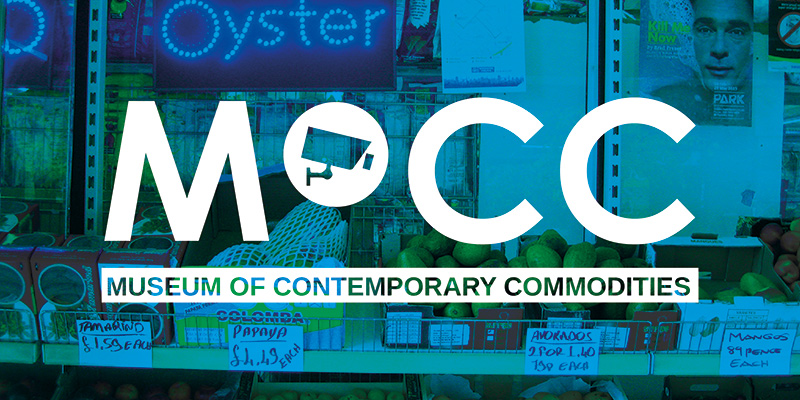
The Alternet by Sarah T Gold conceives of a way for us to determine who and on what terms we share our data.
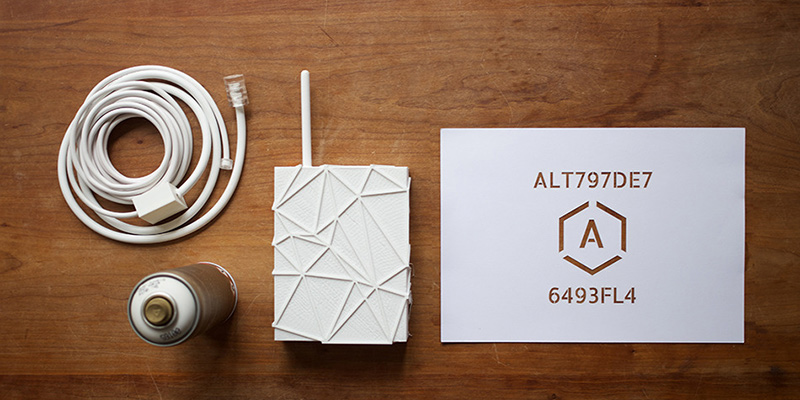
Shu Lea Cheang anticipates a future world where garlic is the new social currency.
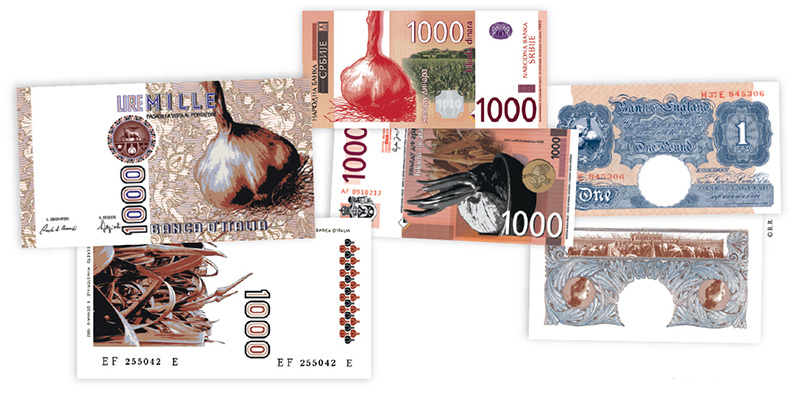
Also, as part of Art Data Money, join us for data and finance labs at Furtherfield Commons
Saturday 17 October, 10:30am-4:30pm
Share your Values with the Museum of Contemporary Commodities.

A popular, data walkshop and lego animation event around data, trade, place and values in daily life.
Free - Limited places, booking essential
+ More info
Cancelled
Breaking the Taboo on Money and Financial Markets with Daniel Hassan
A weekend of talks, exercises and hands-on activities focusing on the political/social relevance of Bitcoin, blockchains, and finance. All participants will be given some Bitcoin.
£10 per day or £15 for the weekend – this event has been cancelled,
+ More info
Saturday 21 & Sunday 22 November, 11:00-5:00pm
Building the Activist Bloomberg to demystify High Finance with Brett Scott and The London School of Financial Arts.
.png)
A weekend of talks, exercises and hands-on activities to familiarise yourself with finance and to build an 'activist Bloomberg terminal'.
£10 per day or £15 for the weekend - Limited places, booking essential
+ More info
Saturday 28 November, 11-5pm
Ground Truth: ‘The Migrant Machine’ with Dani Admiss and Cecilia Wee.
Exploring contemporary ideas of digital agency and authorship in post-digital society.
+ More info
November/February
DAOWO - DAO it With Others combines the innovations of Distributed Autonomous Organisations (DAO) with Furtherfield’s DIWO campaign for emancipatory networked art practices to build a commons for arts in the network age.
Liberate your Arts Data Workshops.
Dates to be announced
Émilie Brout & Maxime Marion (FR) are primarily concerned with issues related to new media, the new forms that they allow and the consequences they entail on our perception and behaviour.Their work has in particular received support from the François Schneider Foundation, FRAC - Collection Aquitaine, CNC/DICRéAM and SCAM. They have been exhibited in France and Europe, in places such as the Centquatre in Paris, the Vasarely Foundation in Aix-en-Provence, the Solo Project Art Fair in Basel or the Centre pour l’Image Contemporaine in Geneva, and are represented by the 22,48 m² gallery in Paris.
Shu Lea Cheang (TW/FR) is a multimedia artist who constructs networked installations, social interfaces and film scenarios for public participation. BRANDON, a project exploring issues of gender fusion and techno-body, was an early web-based artwork commissioned by the Guggenheim Museum (NY) in 1998.
Dr Ian Cook (UK) is a cultural geographer of trade, researching the ways in which artists, filmmakers, activists and others try to encourage consumers to appreciate the work undertaken (and hardships often experienced) by the people who make the things we buy.
Paula Crutchlow (UK) is an artist who uses a mix of score, script, improvisation and structured participation to focus on boundaries between the public and private, issues surrounding the construction of ‘community’, and the politics of place.
Sarah T Gold (UK) is a designer working with emerging technologies, digital infrastructures and civic frameworks. Alternet is Sarah T Gold’s proposal for a civic network which extends from a desire to imagine, build and test future web infrastructure and digital tools for a more democratic society.
Dan Hassan is a computer engineer active in autonomous co-operatives over the last decade; in areas of economics (Robin Hood), housing (Radical Routes), migration (No Borders) and labour (Footprint Workers). He tweets as @dan_mi_sun
Jennifer Lyn Morone (US) founded Jennifer Lyn Morone™Inc in 2014. Since then, her mission is to establish the value of an individual in a data-driven economy and Late Capitalist society, while investigating and exposing issues of privacy, transparency, intellectual property, corporate governance, and the enabling political and legal systems.
Rhea Myers (UK) is an artist, writer and hacker based in Vancouver, Canada. His art comes from remix, hacking, and mass culture traditions, and has involved increasing amounts of computer code over time.
Brett Scott (AU) is a campaigner, former broker, and the author of The Heretic's Guide to Global Finance: Hacking the Future of Money. He blogs at suitpossum.blogspot.com and tweets as @suitpossum